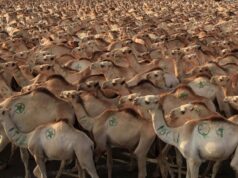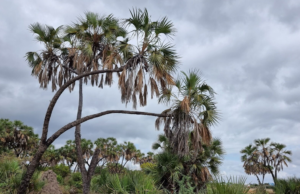Goat exportation has been a cornerstone of Somalia’s economy for decades, providing income and sustaining livelihoods for millions of pastoralist communities. Somalia is one of the largest exporters of goats in the world, with primary markets in the Middle East, particularly countries such as Saudi Arabia, the United Arab Emirates, and Oman. The exportation of goats has played a significant role in boosting Somalia’s economy, although the industry has faced major challenges due to political instability, particularly after the collapse of the central government in 1991.

Before the collapse, goat exports were highly regulated and well-structured under the central government. Livestock, including goats, was Somalia’s largest export sector, generating substantial foreign exchange revenue. The government managed export licensing, veterinary inspections, and trade agreements with importing countries. These measures ensured the health and quality of exported goats, making Somalia a trusted supplier in the international market. The revenue from goat exports was reinvested in infrastructure, public services, and economic development, supporting nationwide stability and growth.
However, the collapse of the central government in 1991 disrupted the entire livestock trade system. With no functional government to regulate or manage exports, the trade shifted to informal networks run by private traders and clan-based businesses. Veterinary services, quality control measures, and export certifications deteriorated, causing a decline in goat export volumes. Many exports went unrecorded, depriving the country of much-needed revenue. Furthermore, instability and insecurity in some regions limited access to key export ports, further challenging the industry.
Despite these difficulties, goat exports continued due to strong market demand and the resilience of Somali traders and pastoralists. Informal trade routes emerged, and the private sector adapted to changing conditions. By the early 2000s, goat export volumes began to recover as traders established new export partnerships and accessed international markets independently.
In recent years, the partial restoration of government institutions and increased international support have improved the livestock export industry. Veterinary services have been restored in some regions, and livestock quarantine centers have been set up near export ports. These improvements have helped increase goat exports and reduce the risks associated with exporting unhealthy animals, which could lead to import bans by receiving countries.
Overall, the history of goat exportation in Somalia highlights the critical role the sector plays in the country’s economy, both before and after the collapse of the central government. While political instability caused severe disruptions, the resilience and adaptability of Somali traders helped sustain the industry through difficult times. With continued investment in infrastructure, veterinary services, and stronger government oversight, Somalia’s goat export industry has the potential to grow further, creating more jobs and boosting the country’s economy in the long term.














